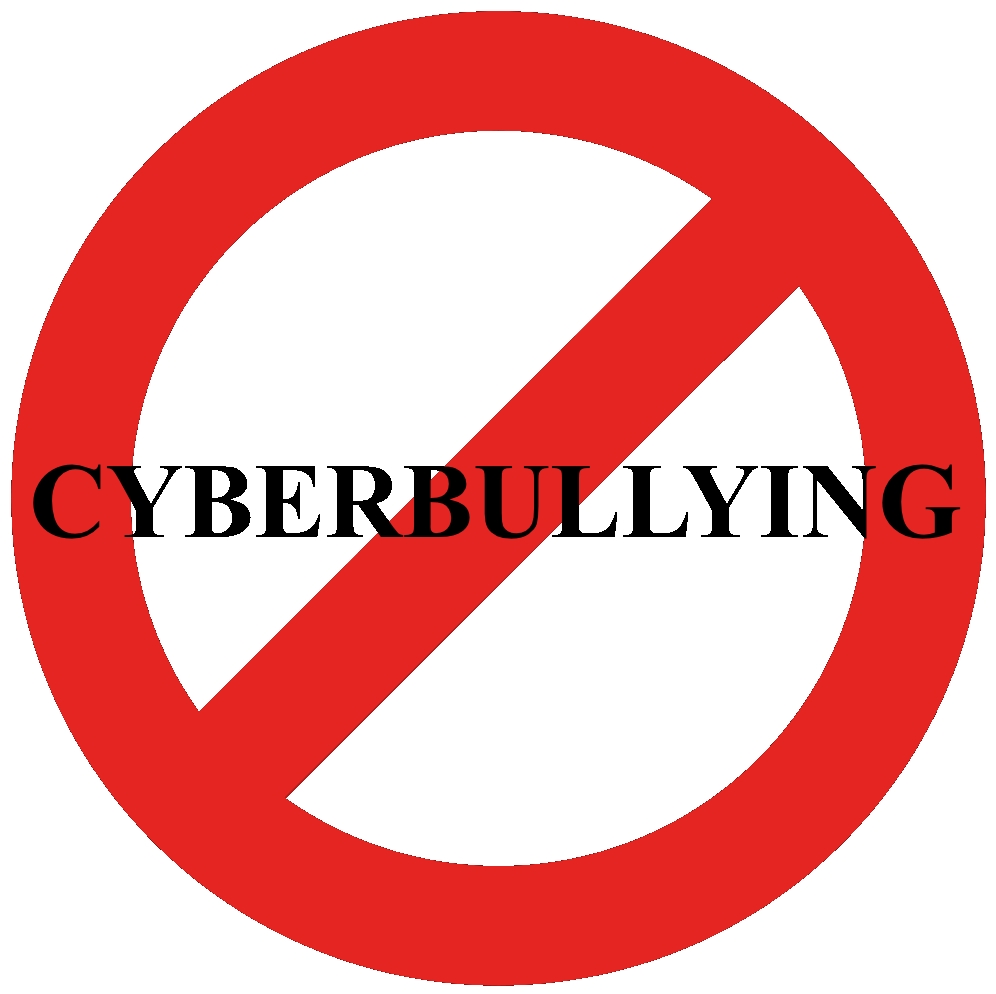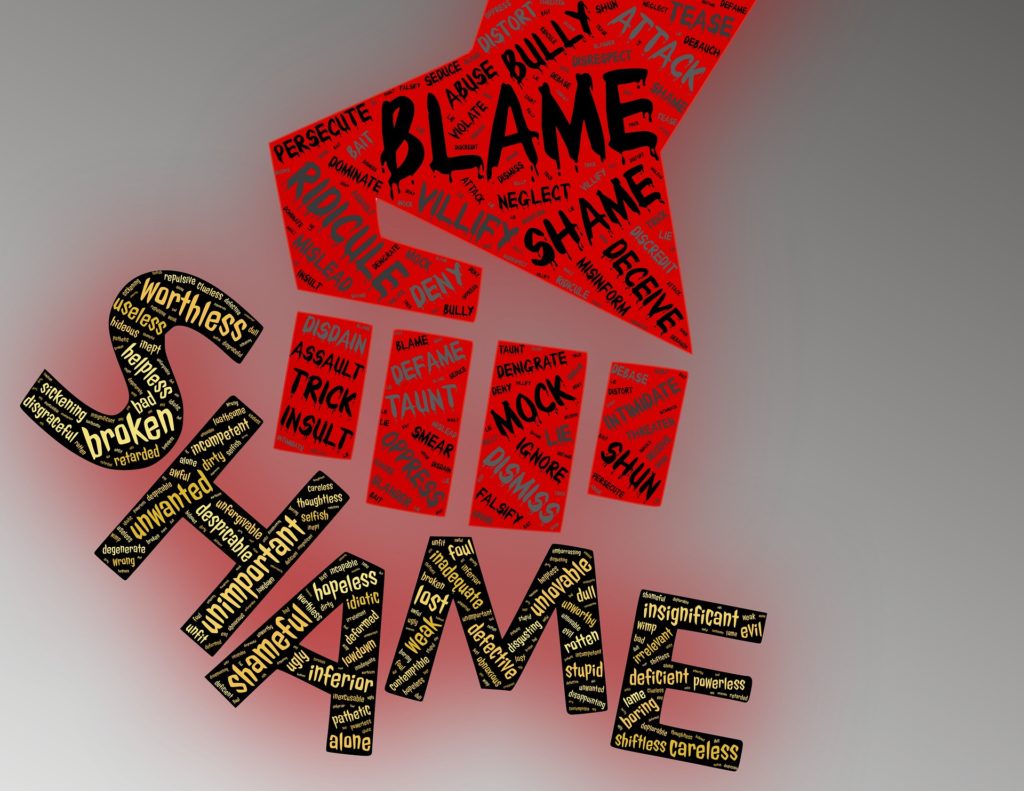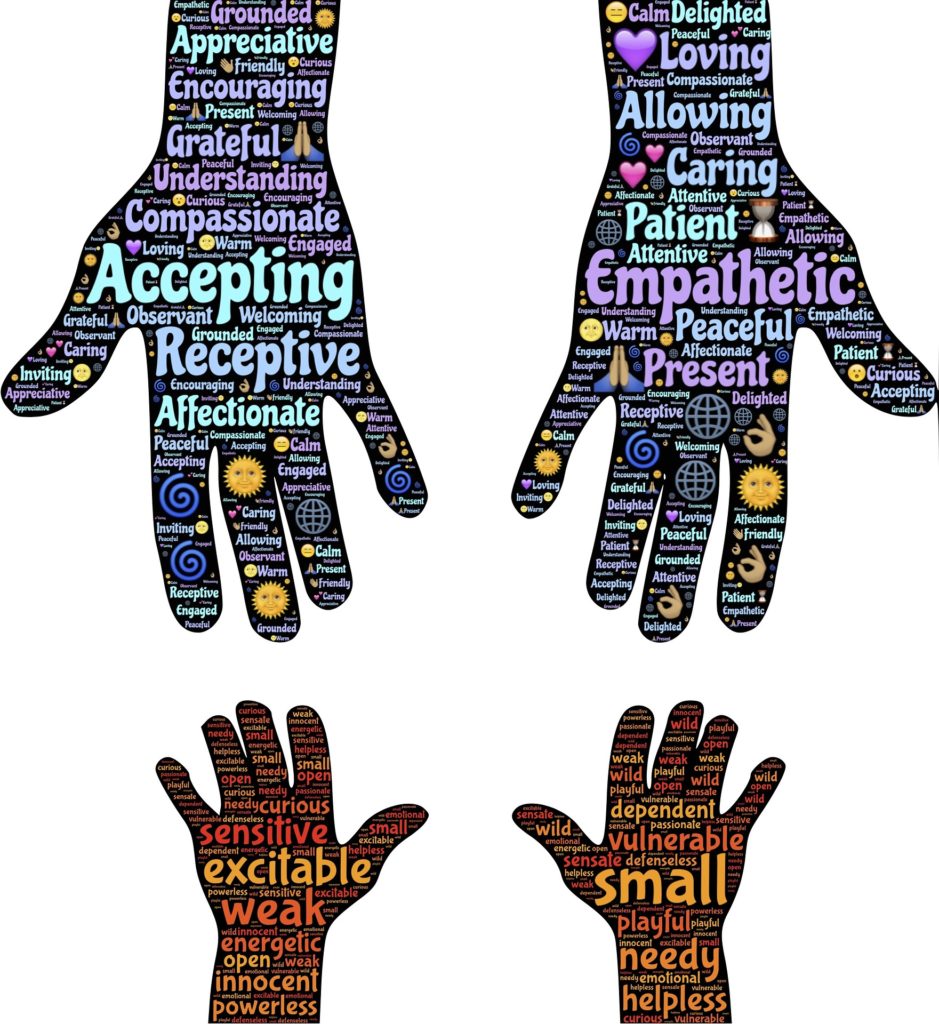In a time in which a smartphone have greater capabilities than the computer than took the men to the moon in 1969, it is baffling than humans have become so desensitized to the feelings of others on the other side of the screen and what started as a schoolyard issue has escalated in exponential proportions evolving from bullying to cyberbullying.
Let’s start by understanding what bullying is. “Bullying is any unwanted aggressive behavior by another youth or group of youth who are not siblings or current dating partners that involves an observed or perceived power imbalance and is repeated multiple times or is highly likely to be repeated. Bullying may inflict harm or distress on the targeted youth including physical psychological social or educational harm.” This definition was elaborated by the Centers for Disease Control and Prevention, the Department of Education, and the Health Resources and Services Administration it seems to be short of what bullying is (Hinduja & Patchin, 2015 pg. 5)
Classification of bullying
Researchers have attempted to classify the different types of bullying. Some of them organize them by the type of aggression in direct and indirect. Direct aggression involves physical and verbal violence. Indirect aggression involves subtle and manipulative intimidation. Other researchers have divided bullying between overt and covert (relational) forms of aggression. Overt aggression involves name-calling and physical violence while relational aggression includes gossip rumor spreading and social sabotage.
Characteristics of bullying
The following four elements characterize bullying:
1.Behavior that has the intention to harm is not accidental.
2.Aggression that could be either physical, social or psychological.
3.Incidents that are repetitive in nature.
4.Power differential that could be in physical size, intelligence, social or economic status, confidence, ethnicity or race.
Consequences of bullying

Over the last decade around 27.8%, about 6.8 millions of children between 12 and 18 years old reported being bullied in school grounds. Bullying has terrible consequences from eating disorders, feeling lonely, insecure in afraid to go to school to a Heavy depression that creates an increase in experiencing suicidal thoughts. Children that are bullied experience difficulty to make friends and struggle emotionally. Students that are bullied at school avoid the environment as much as possible, and that results in lower performance. Missing school and dropping out as well as behaviors like vandalism, drug use, shoplifting, fighting, and school violence are consequences associated with bullied children.
What is cyberbullying?
Hinduja and Patchin (2015), define cyberbullying as “the willful and repeated harm inflicted through the use of computer cell phones and other electronic devices.” The use of electronic devices is what makes the difference between bullying and cyberbullying. The cyberbully uses technology to threaten with physical harm or to exert psychological violence on the victim. The power differential that is characteristic of typical bullying has an entirely different context in cyberbullying, the power comes from having certain items in possession, for example, specific information, pictures or videos that can be used against the victim bringing satisfaction to the bully. According to a survey given by the Pew Research Center in 2018, 59% of US teenagers between 12 and 17 years old have experienced bullying and harassment online at some point of their life, with name calling reported by 49% of them.
Elements of cyberbullying
Technology makes bullying much easier due to the following elements:
Anonymity and pseudonymity. When the aggression is online, there are many ways the aggressor could remain anonymous, making it difficult to identify. Although every device has an IP address that can be determined, that takes time and money.
Disinhibition. It is the lack of restraint in behavior that involves impulsivity and disregard of social rules Interaction. Technology has given users a delay in consequence of their acts making those consequences not evident immediately as it would happen with face to face interactions.
Deindividuation. “Subjective state in which people lose their self-consciousness.”. Technology reduces the self-awareness of some people making it easier to attack others, recognizing the distance and the partial immunity that the online environment provides (Hinduja & Patchin, 2015).
Lack of supervision. Social media platforms do not supervise user communications. According to the Communications Decency Act of 1996, social networks are not responsible for monitoring users’ post and cannot be held liable for the content produced by them. Despite this law, the media platforms should investigate any reports of threat, explicit content and cyberbullying.
Virality. Any information can be communicated to large groups of people in a matter of seconds causing repeated exposure of the information hurting the victim.
Limitless victimization risk. Electronic devices allow bullies to hurts others at any time of the day and any place, increasing the reach and intensity of any attack.
Forms of cyberbullying
Some of the manifestations of cyberbullying are:
Rumor spreading. Is relational aggression, more commonly done by girls than boys. Refers to posting incorrect hurtful information on social media that could go viral in a short time. Receivers of this information in many cases also participate by being cruel toward the victim.
Flaming. Posting hateful messages to inflame emotions. Flaming commonly occurs in discussion forums and involves harsh comments to express someone’s belief of what is correct.
Content posting. Posting pictures or videos without consent, many of them embarrassing or of sexual nature.
Captions, commenting and messaging. Hateful communication like name-calling, insults, sarcasm, sometimes anonymously done.
Information spreading. Commonly refers to disseminating information that is considered a secret like personal information, preferences or life events not discussed publicly.
Impersonation. Assuming another person’s identity and doing things the victim would not do with the goal of their embarrassment. Includes Catfishing which is the act of setting up fake online profiles with the purpose of establishing a fraudulent romantic relationship.
Tagging and untagging. Relating the victim to social media content with which he or she does not want to be in connection.
Cyberstalking. Use technology to produce fear, harass or embarrass someone.
Physical threats. Threats to physically harm produced by online communication.
Legal Implications for Schools’
As of January of 2015, forty-nine states (all but Montana) have enacted bullying prevention laws. Schools are required to have policies and regulations against bullying varying from state to state. Only a few states have cyberbullying formally classified as a criminal act that has fines or jail as a consequence. Many cyberbullying behaviors are already considered illegal activities, for example, harassment, stalking, acts of hate, defamation of character, but the correspondent laws are commonly not implicated. Most states have directed schools to deal with the cyberbullying problem and are responsible for stopping any activity that could potentially create an unsafe learning environment for the student. Once educators learn of the victimization occurring they are obligated to do everything in their hands to make sure the targeted student is safe, and the bullying stops. The school response to bullying needs to be specific to the behavior observed, long time as opposed to a one-time event as well has proved effective against the mentioned behavior.
According to Hinduja & Patchin (2015), an effective school policy includes the following:
-Specific definitions to each type of bullying including digital variants.
-Graduated consequences and remedial actions.
-Reporting procedures.
-Investigation procedures
-Procedures to prevent cyberbullying
-Specifically, mention the off-campus behavior that could result in “disruption of the learning environment” or that could affect the right of other students, and the school would discipline.
What can we do about cyberbullying?

At schools
In school, students should understand that cyberbullying will result in severe consequences, use the resource officers to investigate situations that trespass an established limit. Create response systems that correspond to the severity of the offense and the disruption caused, get creative. For example, for minor offenses student could create anti-bullying media to display or present at school, this would send the message that bullying will not be tolerated. Have more severe consequences if the behavior is recurrent (Hinduja & Patchin, 2019).
Studies have proven that a positive school climate contributes to responsible online behavior and use of technology besides increasing the academic performance of students. Dr. Hinduja and Dr. Patchin (2015) offer the following ten tips in their article “Developing a Positive School Climate” (2015) to prevent bullying and cyberbullying:
1. Promote awareness among the students.
2. Cultivate open lines of communication among students, teachers, and administrators.
3. Building relationships with the students.
4. Develop relationships with parents, other stakeholders, community and law enforcement to address bullying and cyberbullying. Look for assistance from local organizations, work together.
5. Set up an anonymous reporting system and respond quickly and appropriately to it.
6. Cultivate a sense of hope and demonstrate care, empathy, and compassion.
7. Build positive social norming campaigns; bullying is not the norm!
8. Use positive peer influence by building opportunities for student empowerment and involvement.
9. Consider establishing a survey to evaluate the extent of bullying, cyberbullying and related teen problems.
10. Offer continuous education on the topic for teachers, new technologies and forms of misapplication.
Youth and Parents
For teens having a relationship with a supportive adult they can trust at school or home is fundamental to talk about any experience online that could make them feel uncomfortable. Parents should help their children develop resilience and the ability to recognize which events can be ignored and which should not.
Teens should set up their privacy settings correctly in each account to control with whom they can interact, reducing their risk to become a victim. They should keep evidence of the cyberbullying to show their trusted adult, to reach school or law enforcement if necessary. Report harassment or any threats to the correspondent online service company. Parents and kids should visit the sites together, and parents teach safety measurements for online interactions. Also, help teens to be reflective and think twice before they post or share anything online and the possible consequences they may face in the future.
Everyone should be involved and do something to prevent and respond to one of the most significant problems of our time, what are you doing?
References
Anderson, M. (2018). A Majority of Teens Have Experienced Some Form of Cyberbullying. Pew Research Center. Retrieved from: https://www.pewinternet.org/2018/09/27/a-majority-of-teens-have-experienced-some-form-of-cyberbullying/#fn-21353-1
Hinduja, S., & Patchin, J. W. (2015). Bullying beyond the Schoolyard: Preventing and responding to cyberbullying. (2nd ed.). Thousand Oaks, CA: Corwin.
Hinduja, S. & Patchin, J. W. (2019). Cyberbullying Identification, Prevention, and Response. Cyberbullying Research Center. Retrieved from https://cyberbullying.org/Cyberbullying-Identification-Prevention-Response-2019.pdf
Hinduja, S., & Patchin, J. W. (2015). Cyberbullying legislation and case law: Implications for school policy and practice. Cyberbullying Research Center. Retrieved from https://goo.gl/sjtqaY
Hinduja, S. & Patchin, J.W. (2015). Developing a positive school climate: Top ten tips to prevent bullying and cyberbullying. Cyberbullying Research Center. Retrieve from: https://goo.gl/GyTexY






